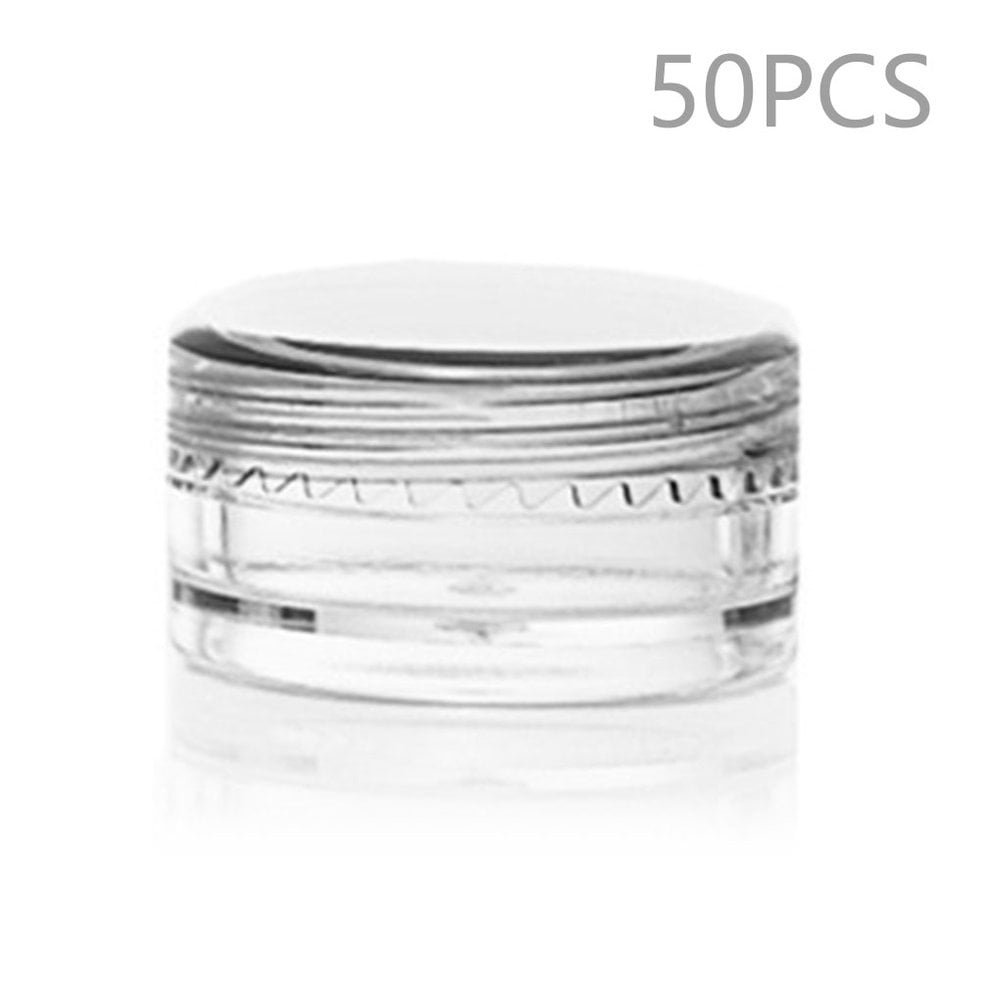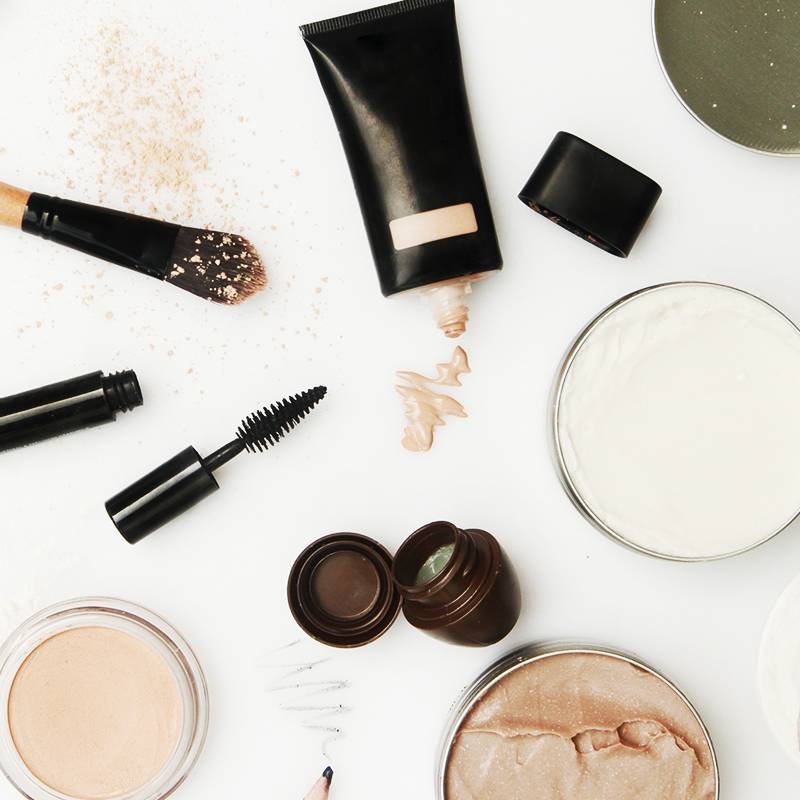

When you recycle them if they start to lose their luster, you’re helping to cut 60% of the emissions that are created from producing new glass. Using recycled glass in any industrial sense uses only 40% of the energy that it takes to create new glass. Last but not least, when they eventually run their course and need to be retired, they’re 100% recyclable. On that same note, you’re also not buying the packaging that plastic or glass bottles come in, which is even less that goes into the landfill.

You’re using the same glass bottles time and time again. Whether it’s plastic or styrofoam, paper or other glass, you’re not putting more into the landfills and oceans. You’re also not using alternative containers. Glass is easier to clean than plastic, which reduces your water and soap consumption, and doesn’t wash any BPA or phthalates down the drain from high temperatures like it can do with plastic. If you’re cleaning glass bottles, you’re dumping water, dish soap, and any particles left behind in the bottle right down the drain. Is better for reducing and virtually eliminating your carbon footprint. Isn’t just a glass versus plastic argument, there are other reasons that glass Multiple Ways Cleaning Glass Bottles Reduces Your Carbon Footprint This will clear up most of the moisture inside, and can expedite air drying times. Turn the cloth to the best of your ability, and pull it out slowly after a few twists. If you need to dry them quicker, get a soft cotton cloth, and feed most of it into the bottle with a bit of it poking out. When you’re done, dump the solution down the drain, and rinse the bottle out. The salt will scrub everything away while the vinegar absorbs it. This reaches all the spots that you can’t get, even if you are able to squeeze a brush in there. The vinegar sanitizes the bottle, as we said before, but reacts with the salt at the same time to act like an exfoliator on the inside of the bottle. Make sure that the salt is moving around with the vinegar, and you’ll slowly see that the once clear solution is absorbing the discoloration of the bottle (this is easiest to see on clear bottles). Your hand to hold over the top, and shake it up.ĭepending on how stained or discolored the bottle is, your time spent will vary.

Two ounces of salt into the bottle, or a quarter cup if you’re using measuringĪdd the same amount of white distilled vinegar into the bottle. You have to do it individually on each bottle, but it’ll have them shining like brand new, and you don’t need an abrasive cleaning agent or tool to get it done. If the neck is narrow enough that you’re having difficulty using a baby bottle brush or soft bristle brush to clean it, this little trick works wonders.
#How to reuse empty makeup containers full#
This may take two or three full rinses with hot water. Empty bottle and rinse until vinegar odor dissipates.Fill the rest of the bottle up to the top with hot water.

Fill your bottle one third of the way with white distilled vinegar.


 0 kommentar(er)
0 kommentar(er)
